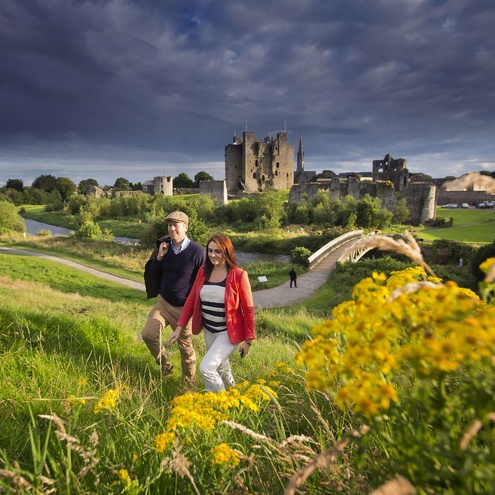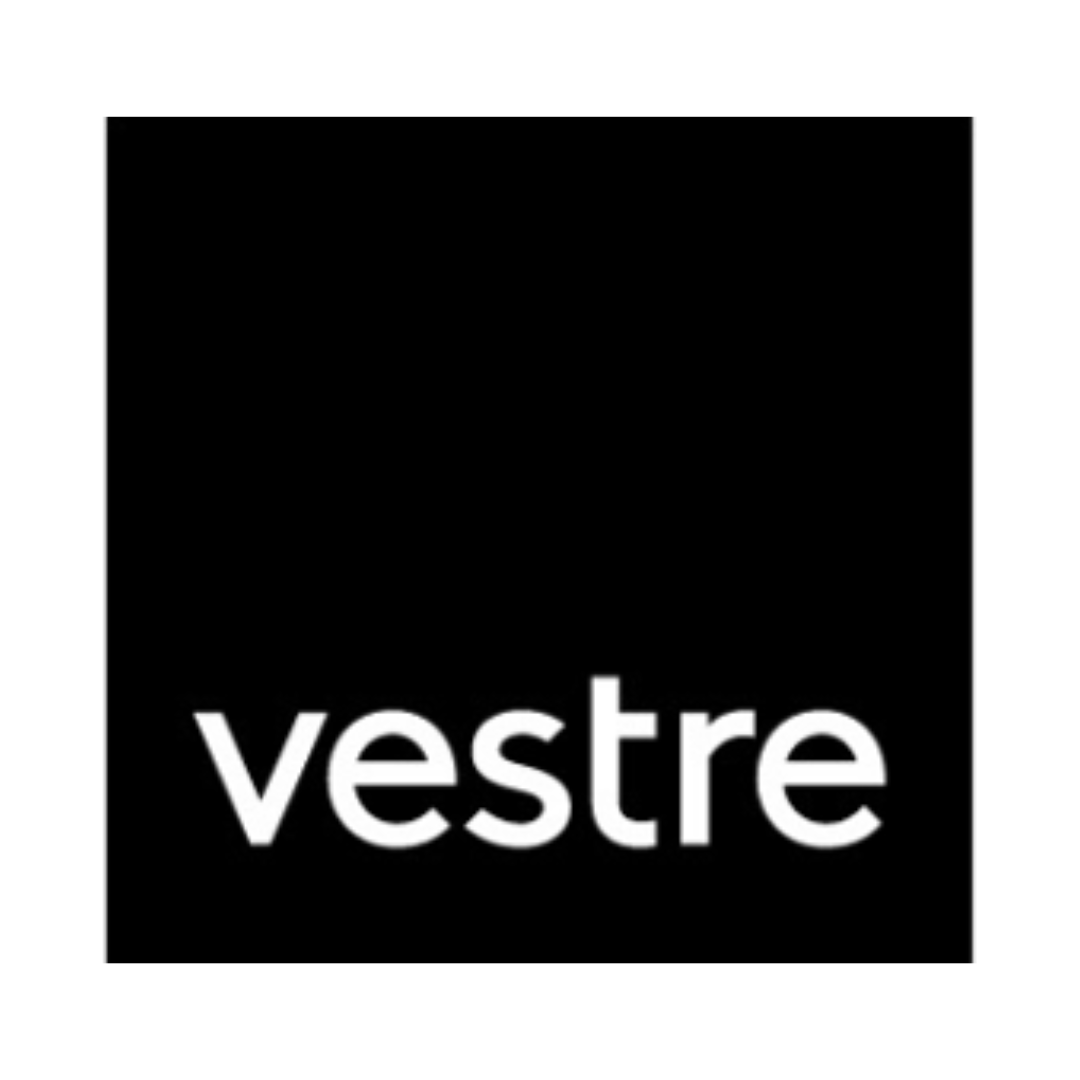Project showcase
Reimagined Boyne Valley, Counties Meath and Louth, Ireland – Fáilte Ireland with The Paul Hogarth Company

Ireland’s most historic waterway is being celebrated with 57 individual cluster and regional projects identified as locations for investment and consultation. The project intends to change the Boyne Valley from a driving route to a destination for people on foot and cycling.
Who is on the project team?
Fáilte Ireland. The Paul Hogarth Company, Repucon Consulting, Bright, Elspeth Wills, Atkins
Describe the context of this project?
The Boyne Valley is a landscape that straddles the River Boyne in the east of Ireland, and falls within the counties of Meath and Louth. The River Boyne is Ireland’s most historic waterway, and the wider valley plays host to some of the world’s most important archaeological landscapes, including the UNESCO World Heritage Site of Brú na Bóinne. The river meanders gently through beautiful countryside and “through the visible evidence of several millennia of Irish History” (Anthony Bailey, A Walk Along the Boyne).
People have inhabited, farmed, and visited the valley from prehistoric times, shaping what we know today. The landscape’s fertile, rolling qualities, and historic assets, sit alongside a rich mix of urban and rural communities. Within commuting distance from Dublin, and strung along the river valley, these communities of the Boyne Valley have the opportunity to look both outward, and inward, to define, enjoy, and share what is special about their place.
To celebrate its assets, a Boyne Valley Driving Route was developed in 2008. Its focus was primarily on transporting visitors to the most notable heritage sites via car in as efficient a way as possible. This offer is viewed by many as prescriptive, transient, and not fully capturing the fantastic assets present in the wider landscape, and of course the River Boyne itself.
This being the case, the region was recognised as needing a more holistic destination development approach, focusing on place, underpinned by community, where all the senses are engaged during its exploration and enjoyment.
Please describe your approach to this future place and its mix of uses. How will it function as a vibrant place? How does it knit into and serve the needs of the wider area?
Our reimagination of Boyne Valley Drive seeks to transition the region from a dispersed range of settlements and sites, into a connected, multi-faceted place where local people enjoy and share with visitors a 5000 year journey along the river valley and indeed through time itself.
Cluster groupings were identified on the basis of existing and potential heritage, community and landscape features, where these can collectively contribute as part of a blended, multi-faceted, community and place focused experience. Alongside, Cluster development programmes are outlined to support innovation, help local communities develop, package, and share as yet unimagined grass roots experiences in the future, and ensure the sustainability of the region.
Developing clusters seeks to integrate communities and heritage with activities and experiences available in the wider landscape, so as to celebrate the importance of the Boyne Valley region as a living place.
A number of regional projects were also identified to develop consistency across the region, ensuring clusters function as part of a connected Boyne Valley, and that the region as a whole is accessible, welcoming, and navigable for visitors via sustainable and active transport.
Projects include developing a coordinated regional visual identity, with engaging hardware, motivational mapping, and sustainable transport options coordination, connecting people with the communities and the 5000 year story.
A total of 57 individual cluster and regional projects were identified as the catalyst to delivering a world class place for locals, experience for visitors and a sustainable place to dwell, live, work, connect, learn, and play.
What is the environmental impact of the project? How will the carbon use and material impact of the development be mitigated? What is the sustainability strategy?
This re-imagination involves transitioning it from a point to point ‘driving route’ to a destination which is experienced primarily by walking, cycling or on water. This transition of thinking involves utilising existing assets (no additional carbon use) and connecting them with strategic infrastructure and thinking (maximising the value of any carbon used). This approach is based on the V.I.C.E model and embeds it within the experience of visiting, commuting, living and playing in the Boyne Valley.
The region holds a strategic location on a transport corridor and has direct road and rail connections with many national urban centres. Our approach challenges the engrained logic of arriving by car providing public transport options, experiences and connections. 3 significant regional bus and rail stations are outlined as arrival experiences in themselves and are to be improved and connected to urban centres, experiences, other smaller transport/orientation clusters and accommodation.
In this regard, the cluster model promotes public and active travel as part of the immersive exploration of the region. Regional scale projects put forward complement this with proposals to connect public and active travel to national walking and cycling propositions with strategic infrastructure embedded within the regional clusters to provide this wider connective role.
Actions range from small to large scale interventions and embed environmental enhancements including over 9ha of riverside rewilding, native tree planting to offset carbon and nature based management at heritage sites. Wider impacts are mitigated adopting a responsible, protective, and promotional approach for the natural environment.
Describe the social impact of the project: How will this future place contribute to the economic, environmental and social wellbeing of its citizens?
The Reimagined Boyne Valley Drive adopts the V.I.C.E. model for sustainable destination development to ensure a balance between Visitor, Industry, Community, and Environment. We concentrate on the following:
• A visitor focused approach to ensure we provide compelling experiences to explore the entire region slowly and year round.
• The development of a networked community working together in clusters to create the experiences to deliver a sustainable tourism destination.
• Placing communities at the heart of the Boyne Valley Drive 5,000 year story, ensuring a shared vision to add local value and benefit future generations.
• Adopting a responsible, protective, and promotional approach for the environment.
The cluster development approach is based on a collective destination principle which fosters community cohesion and enterprise and provides towns and communities with new opportunities to engage with each other and welcome visitors, maximising the economic and social benefits of tourism for all.
The impact of this transformative project is already being seen with over 30 new community experiences in the day and evening, 110 business and community training, skills and development investments and a 5% employment growth in existing enterprises.
This integrated approach will deliver a sustainable framework around which environmental enhancements can be facilitated, (already 9ha of riverside land set for rewilding and 4000 native trees planted) and economic activities can flourish (€104m of private investment being aligned to public funding streams), ensuring the Boyne Valley continues to be valued and celebrated by locals and visitors for many years to come.
Festival of Pineapples
24-26 February 2026
Pineapples prize giving night
April
Pineapples at Festival of Place
10 June 2026
© The Pineapples - Tweak Ltd. 124 City Road, London, EC1V 2NX. Tel: 020 3326 7238




